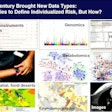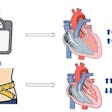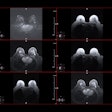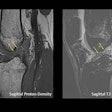Dear X-Ray Imaging Insider,
One notable aspect of digital x-ray technologies -- computed radiography (CR) and digital radiography (DR) -- is how forgiving they are on technique. Images that wouldn't be acceptable on conventional film radiography can be automatically rescaled into any desired density range.
But the unforgivable downside of such flexibility is that it reduces the need to pay attention to the radiation dose the patient receives -- which can be a very serious issue when it comes to children.
Research has shown that children undergoing plain-film studies have an increased risk of developing acute lymphocytic leukemia, and that having a scoliosis series can lead to an increased risk of fatal breast cancer.
Given those documented effects, it's appropriate and admirable that several radiology journals have opted to reprint an overview and editorial -- originally published in Pediatric Radiology -- that highlight the particular concerns posed by CR and DR.
The topic seems particularly relevant, given the addition today of x-rays and gamma radiation to a list of "known human carcinogens" published by the U.S. Department of Health and Human Services.
Our summary of this important publication is this month's X-Ray Insider Exclusive.
Thanks for your attention to this issue. As always, I welcome your feedback and your suggestions as to what stories we should be writing about here at AuntMinnie.com.















